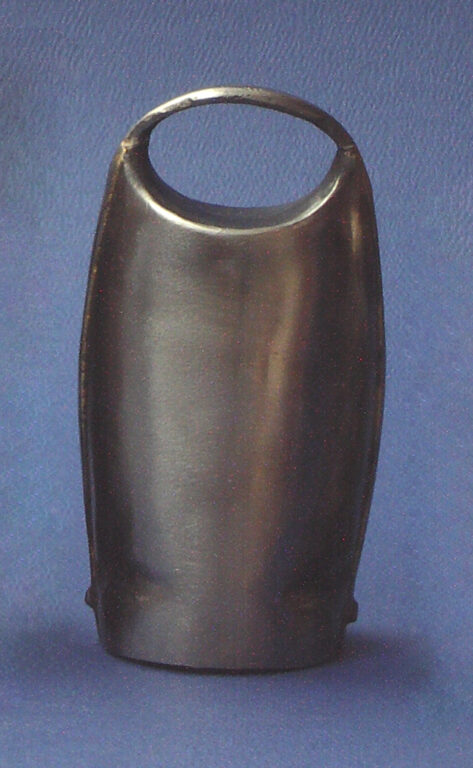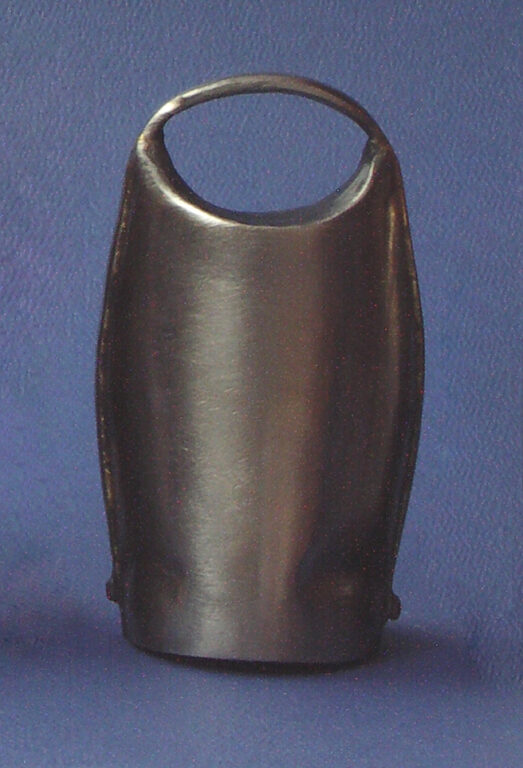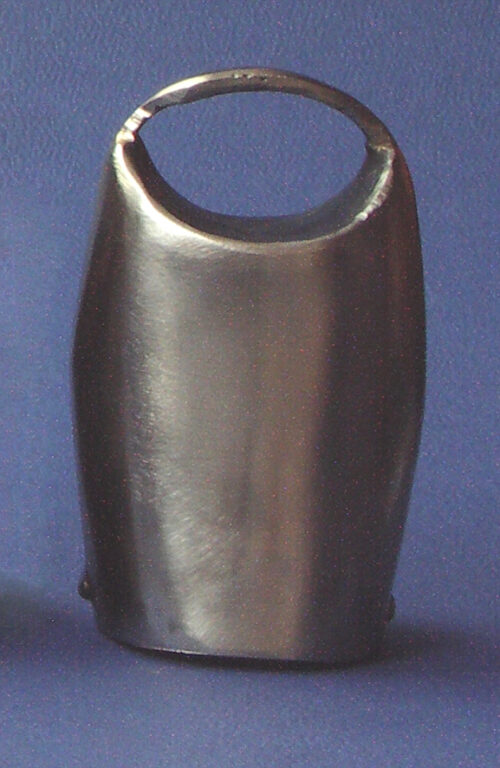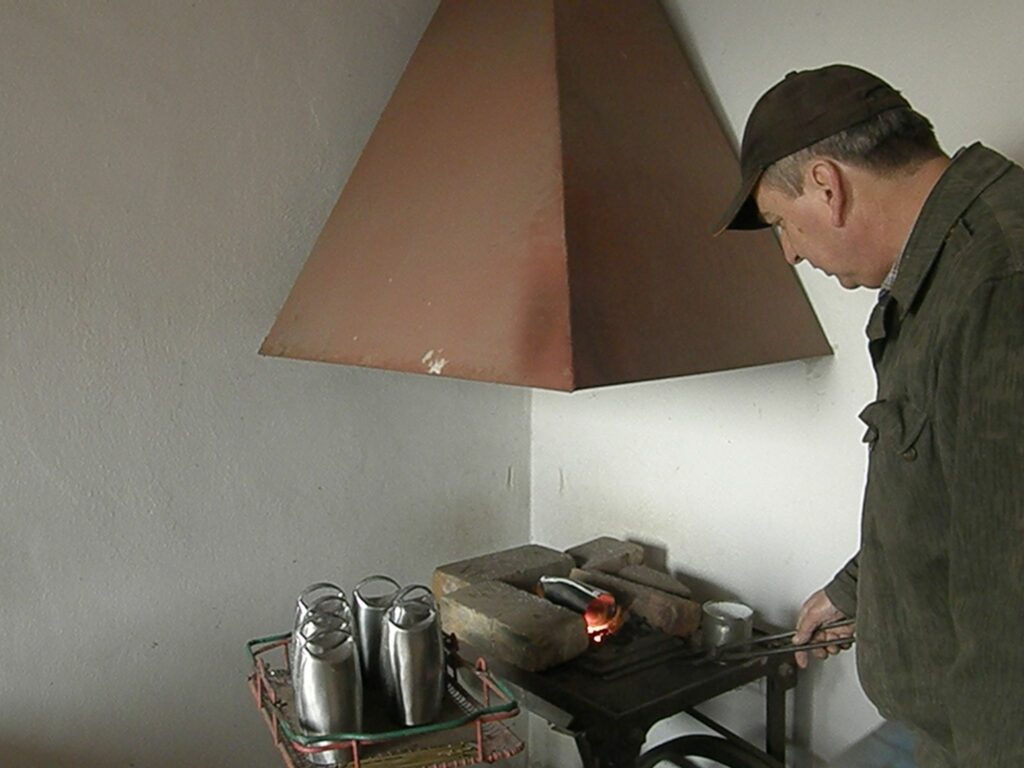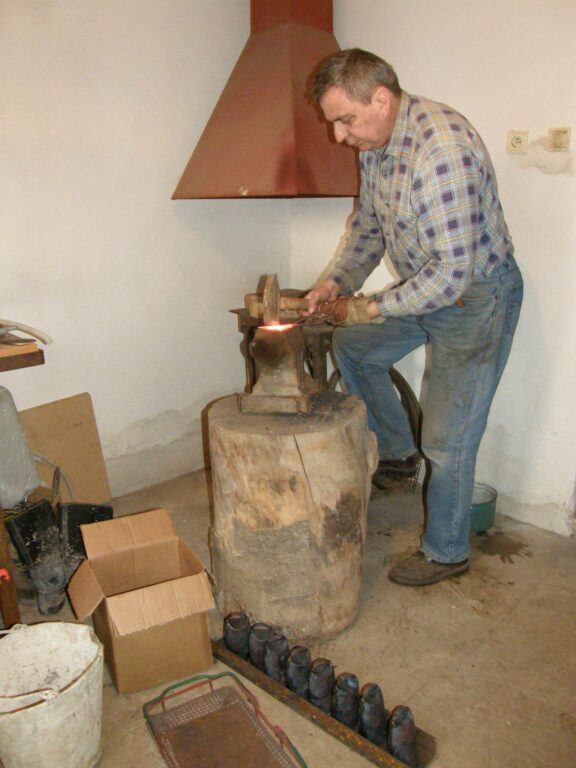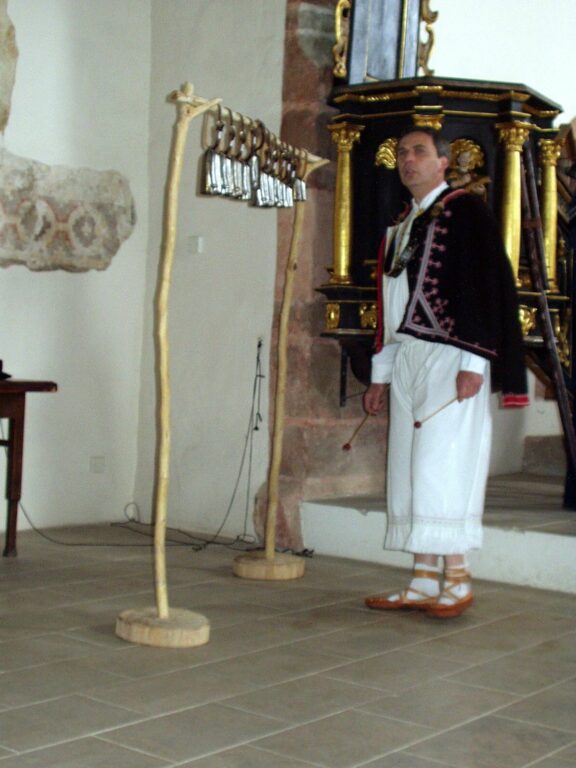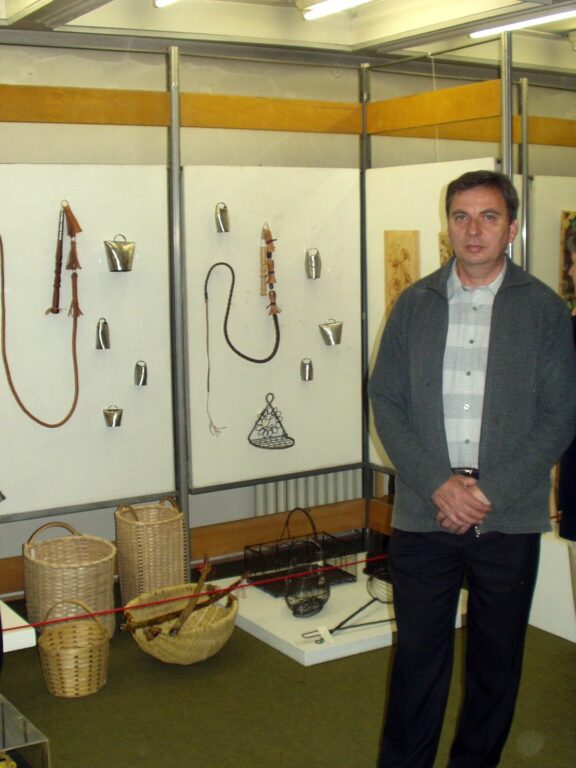Kostúr Jaroslav
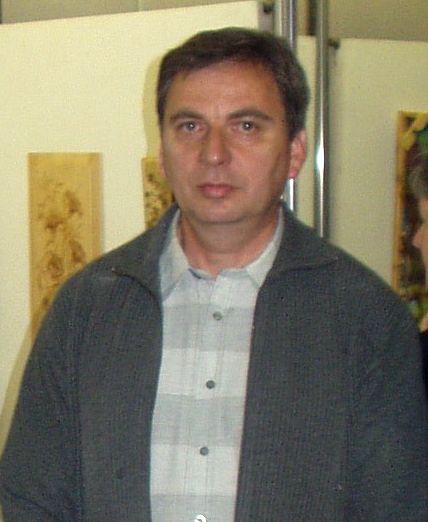
ÚĽUV master
ÚĽUV master
Kostúr Jaroslav
Craft
bell making
Material
metal
Place of work
Podkonice (okres Banská Bystrica), Banská Bystrica region
More about the producer
In the past, several famous generations of shepherds and horse-herders from the Strapáň clan, the renowned Kostúrovec family, were born in Podkonice, a small village below the Panský diel. The nicknames in Podkonice characterized both the external and character traits of a person. Shepherd Ján Kostúr Strapáň (1919 - 1992), the father of Jaroslav Kostúr (1956), was well-known not only...
Show more
Products approved by the Commission
Products approved for further expansion under the ÚĽUV trademark are documented and preserved in ÚĽUV funds.
Are you interested in the author's products?

Original author's products sold under the ÚĽUV brand. The products mostly come from a smaller workshop with limited production capacity. We ship products that are currently available within 5-14 days of receiving the order. If you are interested in a larger quantity of products than our current stock, we will be happy to discuss the delivery date with you individually. Selected products can only be picked up in person in our stores
